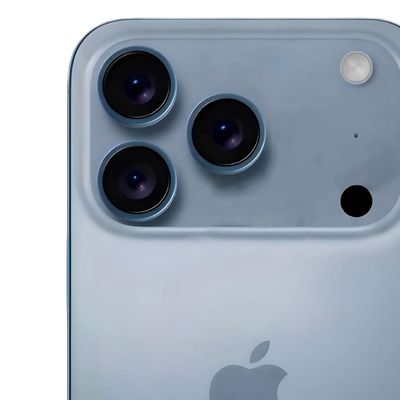![]() Ride hailing app Uber has begun testing a version of its app in six United States cities, with a new UI that makes periods of surge pricing more subtle to discover for users. Surge pricing is a term dedicated to windows when riders greatly exceed drivers, resulting in heightened fare prices due to the increased demand.
Ride hailing app Uber has begun testing a version of its app in six United States cities, with a new UI that makes periods of surge pricing more subtle to discover for users. Surge pricing is a term dedicated to windows when riders greatly exceed drivers, resulting in heightened fare prices due to the increased demand.
When this would happen prior to Uber's new test, anyone signing into the app would get a pop-up notification that surge pricing was in effect, along with a general multiplier that they would have to add into their driving fare to figure out its total cost.
The update nixes both features, simultaneously making it harder to know when surge pricing is in effect without notifications, but also benefitting users thanks to an "upfront fare" with "no complicated math and no surprises," according to Uber.
Upfront fares are calculated using the expected time and distance of the trip and local traffic, as well as how many riders and nearby drivers are using Uber at that moment. And when fares go up due to increased demand, instead of surge lightning bolts and pop-up screens, riders are given the actual fare before they request their ride. There’s no complicated math and no surprises: passengers can just sit back and enjoy the ride.
Now, when users want to know when surge pricing is in effect, a faint line of text references "increased demand" beneath their fare. The company is testing the upfront fare system in New York City, Miami, San Diego, Philadelphia, Seattle, and some parts of New Jersey, in addition to five cities in India: New Delhi, Kolkata, Mumbai, Hyderabad, and Chennai. The surge pricing update is expected to hit the rest of Uber's markets around the world "in the next few months."
Previous Coverage: Uber Attempts to Address Driver Concerns With New App Update






















Top Rated Comments
And even at surge rates an Uber is still light years ahead of an old school taxi ride experience.
Full disclosure, I hate Uber and use Lyft exclusively.
Just tell me what the damn price is. Either I accept the price and I'll use the service, or I don't and I'll find another way to get to my destination.
Display the price. Let the customer choose if they want it or not. Done.